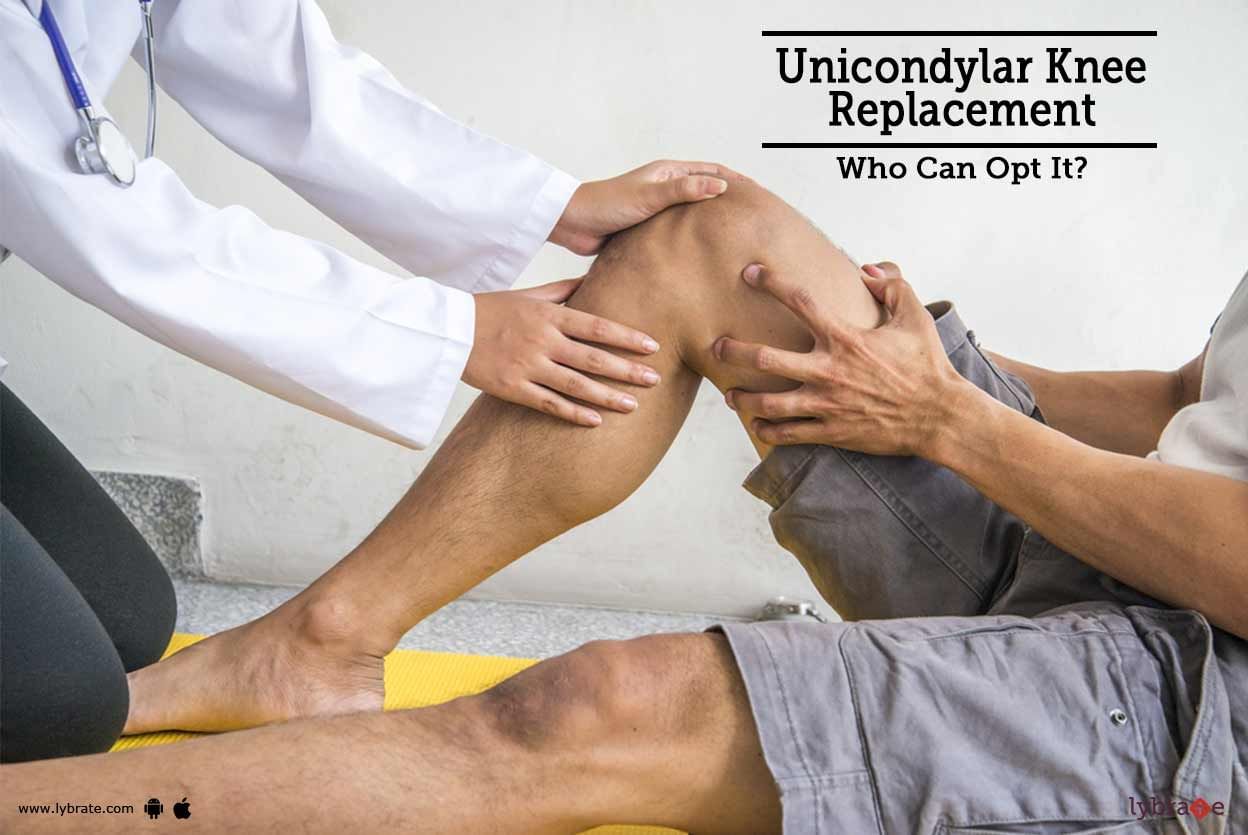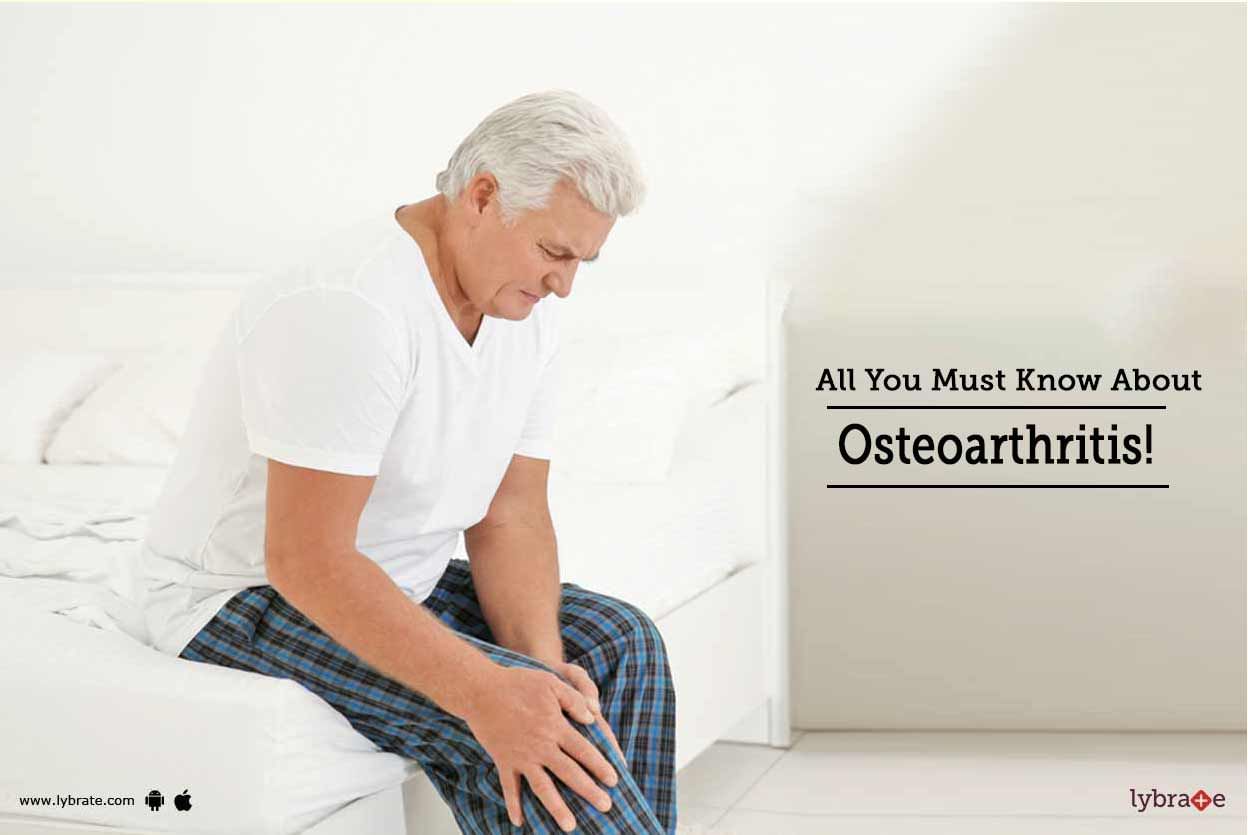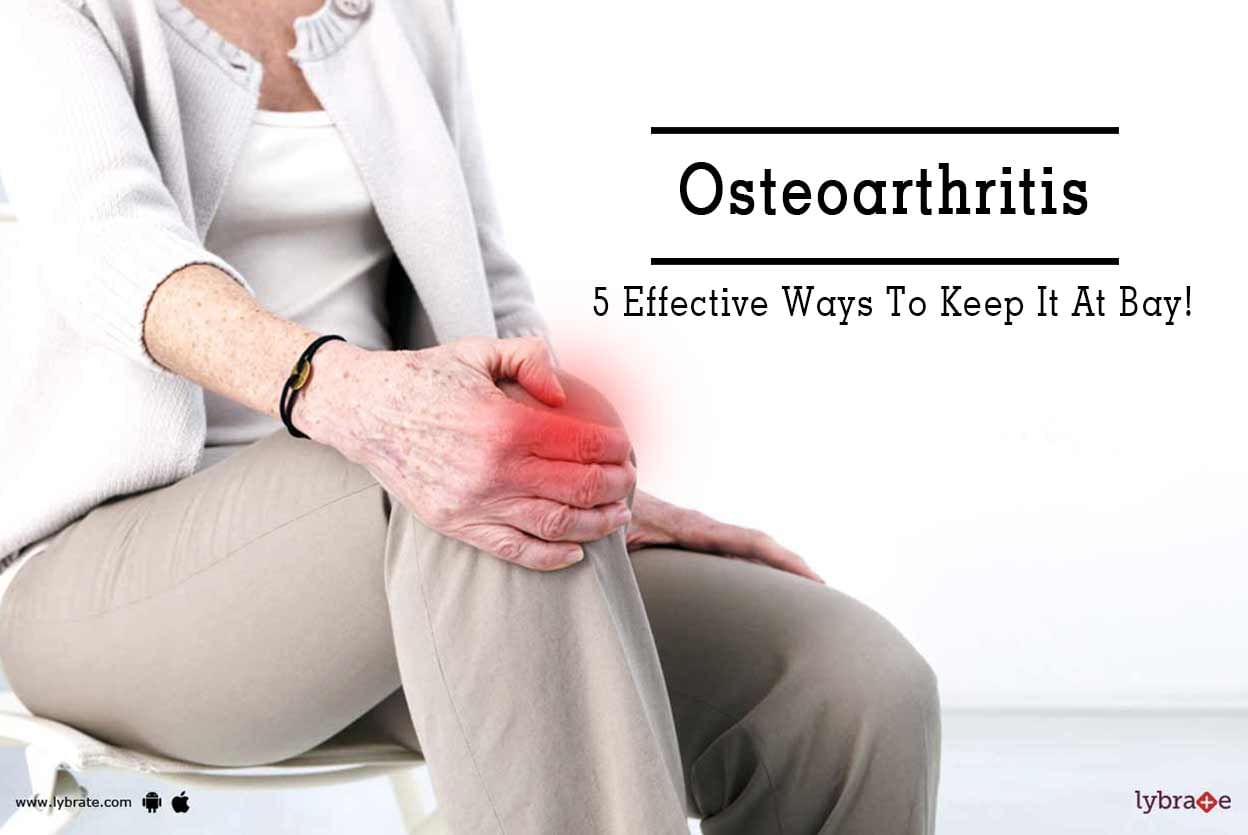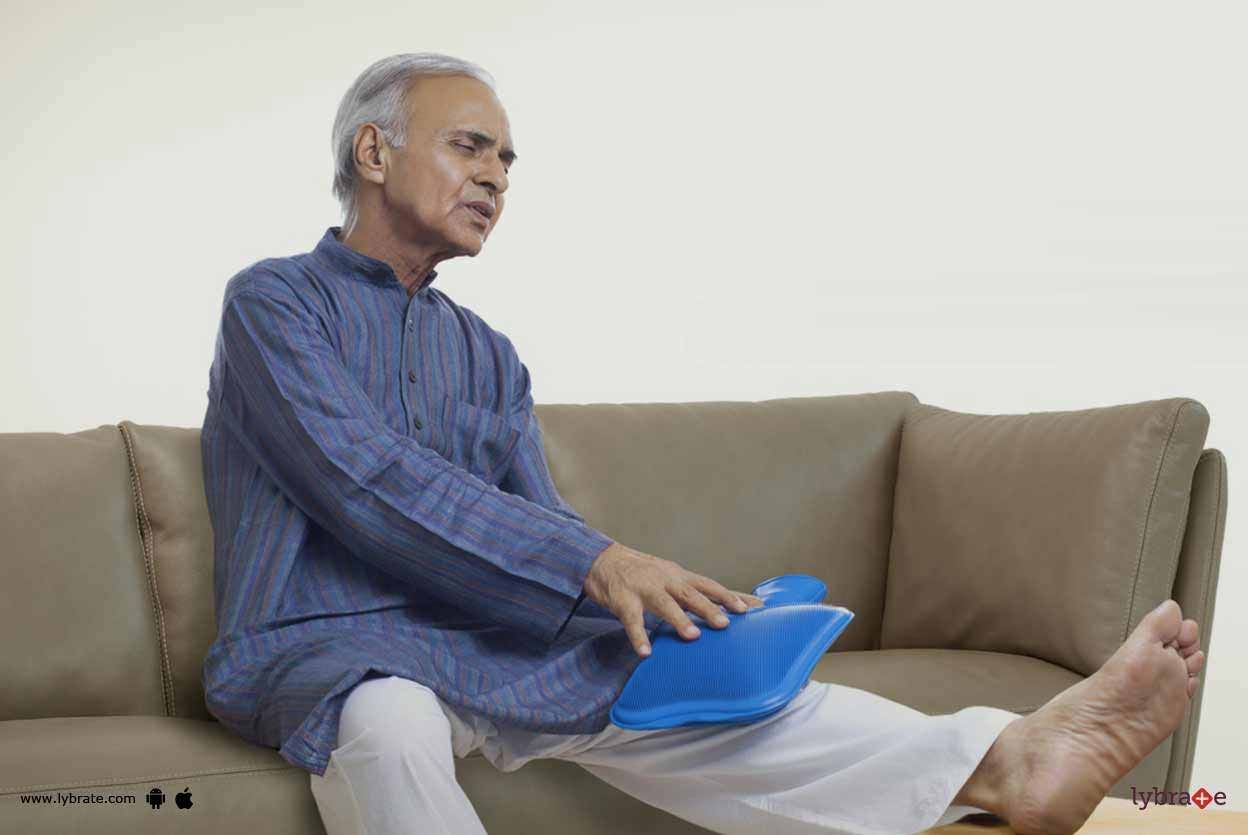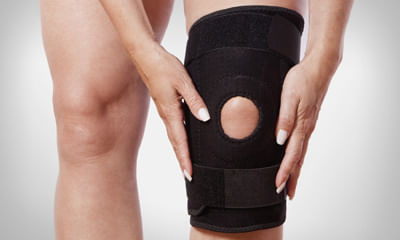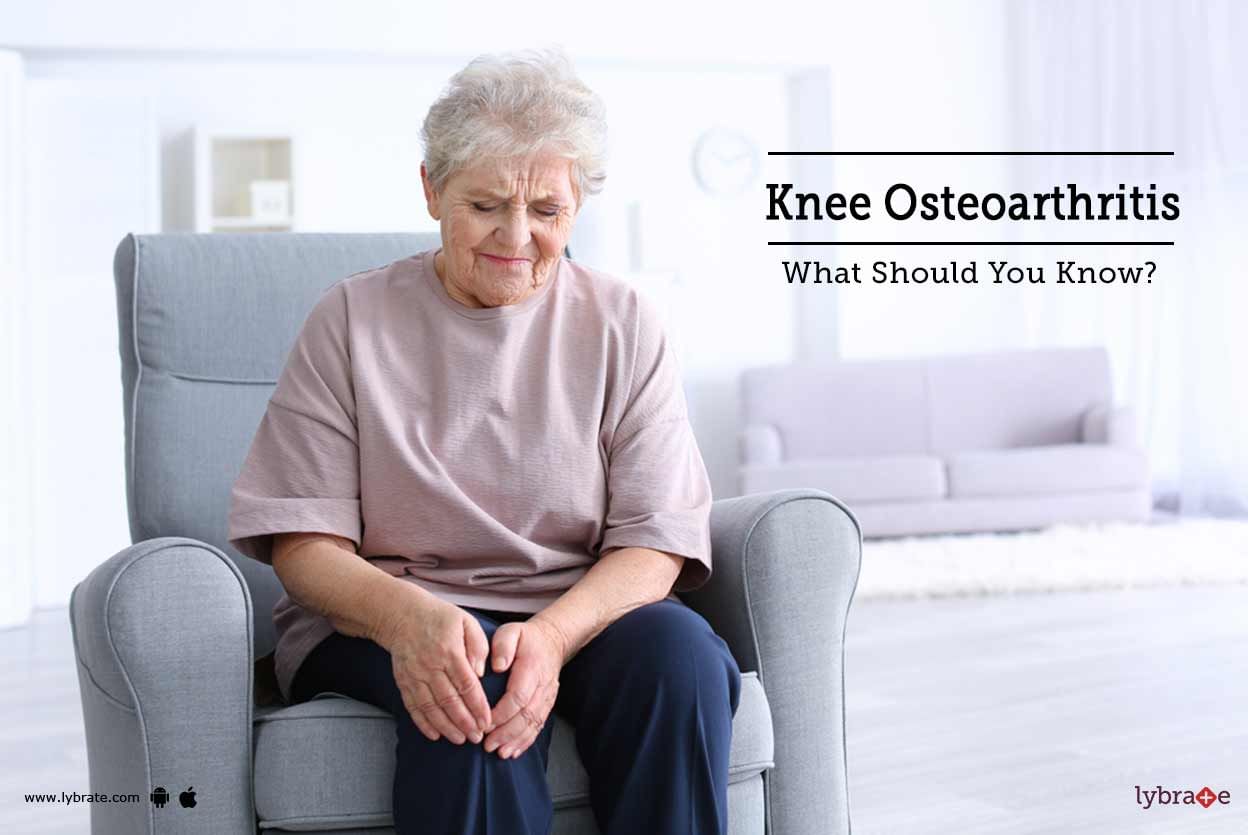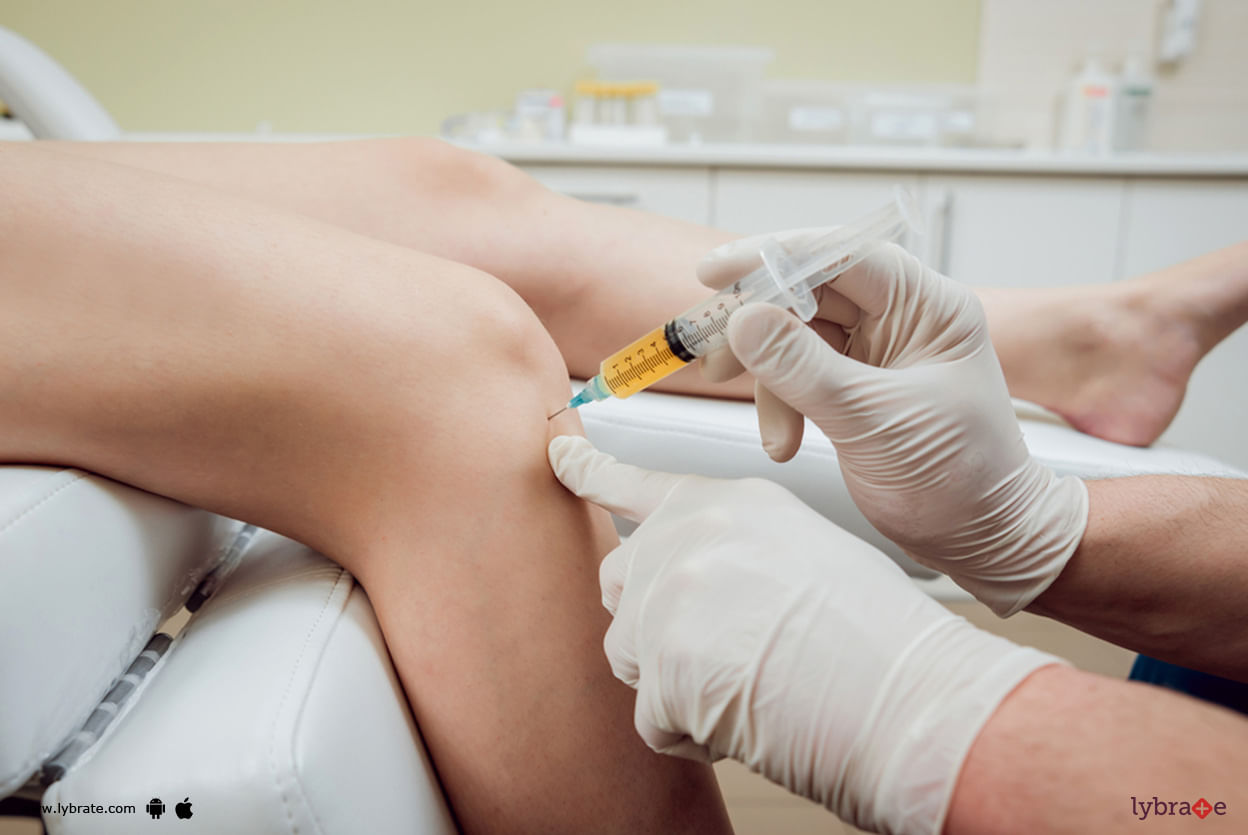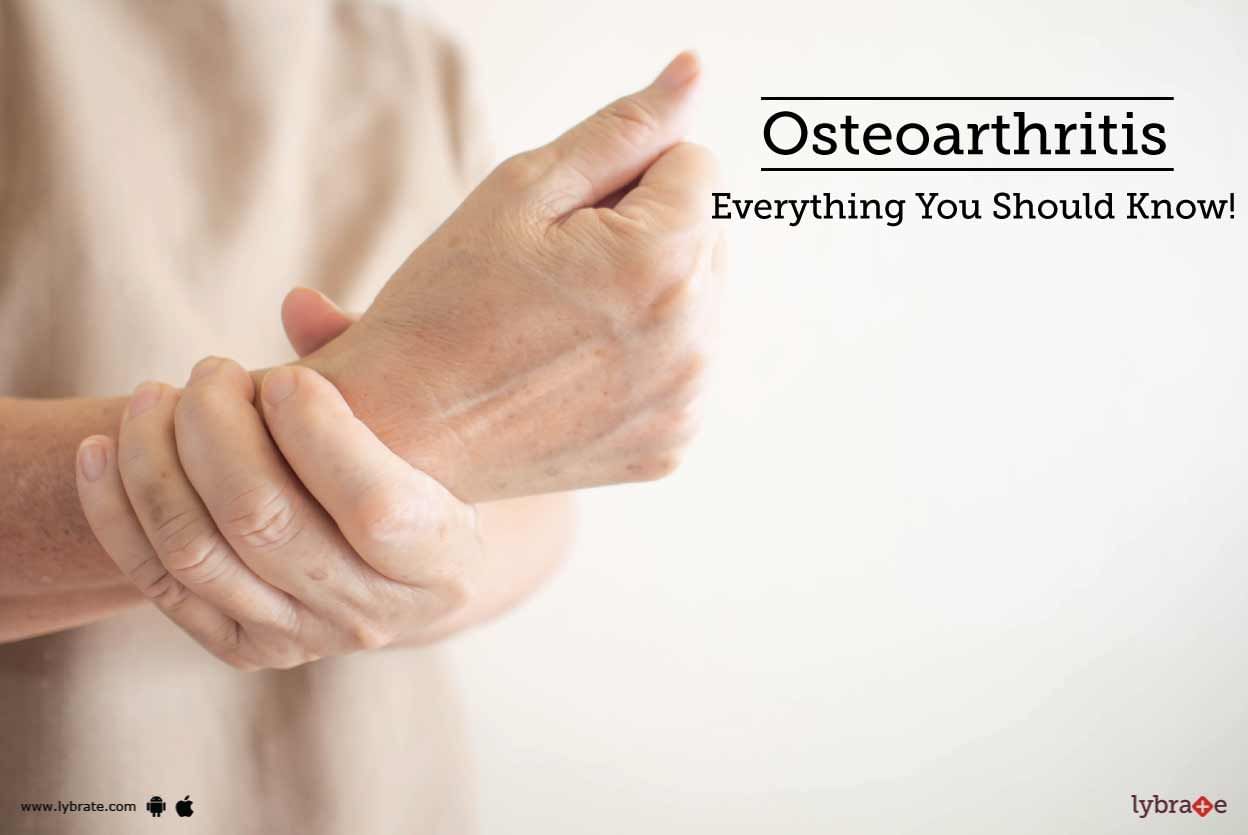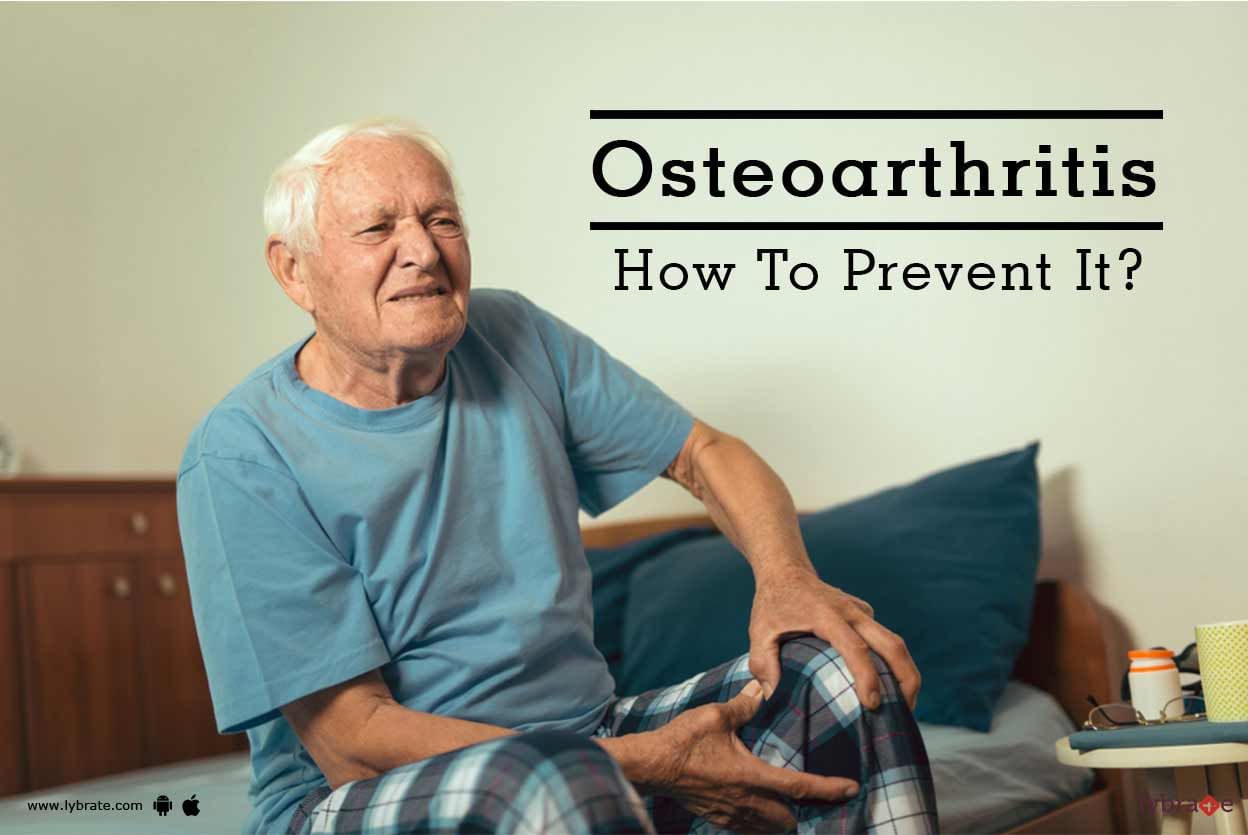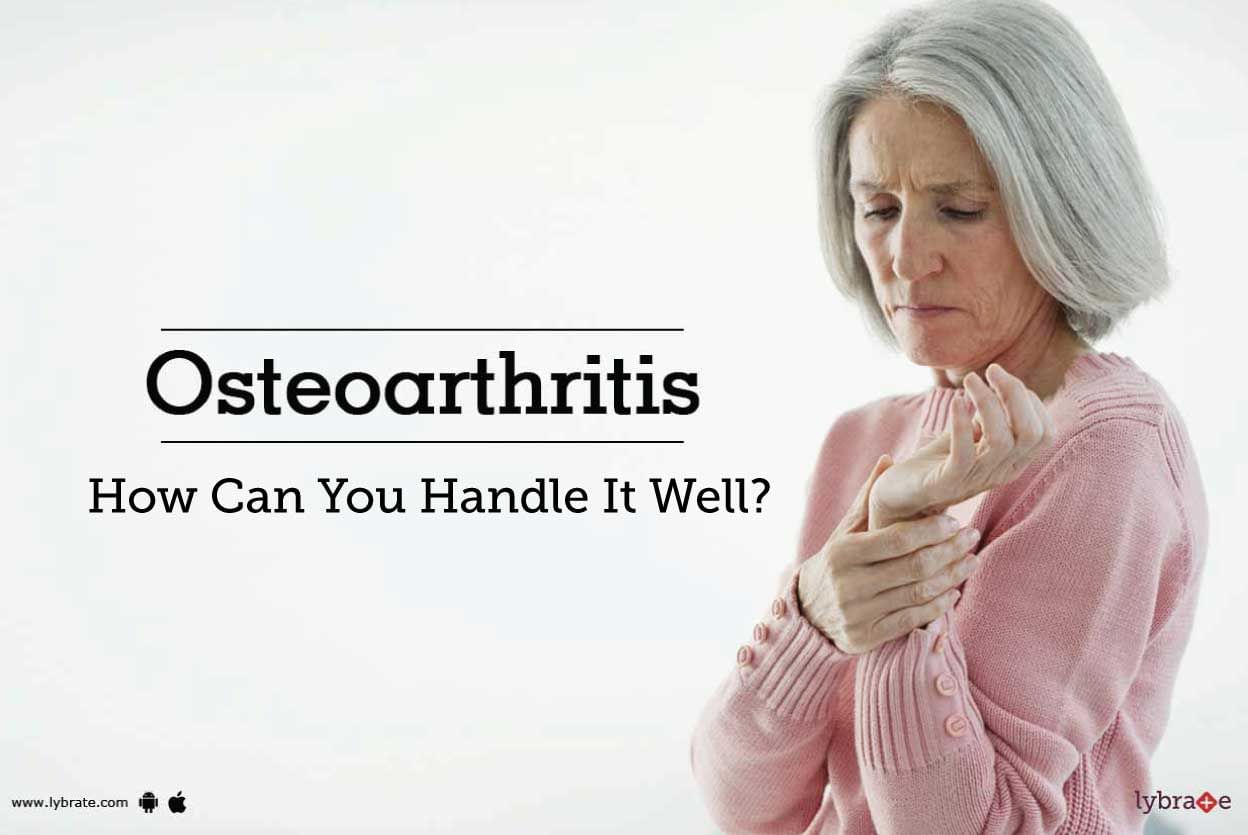Get the App
For Doctors
Login/Sign-up
About
Health Feed
Find Doctors
Health Packages
AllQ&AsTipsQuizzes
Osteoarthritis of the Knee Tips
Last Updated: 5 years ago• Featured Tip
Share
Bookmark
Report
Knee problems can be quite annoying but if this problem becomes regular, it brings life to a standstill. The movement becomes restricted. Many associated problems slowly crop up. Thus, it is best to nip the problem in the bud. While some people might experience a problem in the full knee, in some people, only a single compartment (tissue or cartilage) of the knee may be affected. For such patients, Unicondylar Knee Replacement comes as a blessing.
The Unicondylar knee replacement, also ...more
The Unicondylar knee replacement, also ...more
Last Updated: 5 years ago• Featured Tip
Share
Bookmark
Report
There are so many things we take for granted. For example, have you ever thought about how your fingers bend or how your knees open and fold to help you walk? It is only when these simple acts start becoming uncomfortable that we take a closer look at them. Osteoarthritis is a common musculoskeletal condition that affects the cartilage in our joints. As the cartilage breaks down, bones lose the buffer between them and every movement becomes stiff and painful.
Here are a few things you s...more
Here are a few things you s...more
Last Updated: 6 years ago• Featured Tip
Share
Bookmark
Report
Osteoarthritis is among the most common ailments that people on the other side of 50 are affected with. Few of the primary reasons behind osteoarthritis are age, obesity and weakened bones. Sometimes, osteoarthritis stems from joint injury or some sort of stress on the bones. It leads to acute pain and stiffness and can only be cured through medication and exercise. The symptoms may vary from mild creakiness in the joints and swelling to the loss of cartilages between bones.
Long period...more
Long period...more
Last Updated: 6 years ago• Featured Tip
Share
Bookmark
Report
There are so many things we take for granted. For example, have you ever thought about how your fingers bend or how your knees open and fold to help you walk? It is only when these simple acts start becoming uncomfortable that we take a closer look at them. Osteoarthritis is a common musculoskeletal condition that affects the cartilage in our joints. As the cartilage breaks down, bones lose the buffer between them and every movement becomes stiff and painful.
Here are a few things you s...more
Here are a few things you s...more
Last Updated: 6 years ago• Featured Tip
Share
Bookmark
Report
Last Updated: 6 years ago• Featured Tip
Share
Bookmark
Report
The cartilage is the natural cushioning between two joints. When it wears off, the bones rub uncomfortably against each other as there is no shock absorption. Pain, swelling, stiffness, difficulty in moving and sometimes, the formation of bone spurs are the results of the rubbing. This condition is called osteoarthritis. Osteoarthritis in the knee is very common, and can even occur in younger people, though the risk of developing it rises after age 45.
Causes of Knee Osteoarthritis
...more
Causes of Knee Osteoarthritis
...more
Last Updated: 6 years ago• Featured Tip
Share
Bookmark
Report
According to the recent estimates of UK, almost half of over 50-year-olds experience knee pain on an annual basis. One of the most common causes of knee pain is Osteoarthritis (OA). Knee Osteoarthritis is also known as wear-and-tear arthritis. In this type of problem, the natural cushioning between the cartilage and joints gradually worn out. When this occurs, the bones of the joints rub firmly against each other resulting in loss of shock-absorbing ability of cartilage. This causes pain, stiffn...more
Last Updated: 6 years ago• Featured Tip
Share
Bookmark
Report
There are so many things we take for granted. For example, have you ever thought about how your fingers bend or how your knees open and fold to help you walk? It is only when these simple acts start becoming uncomfortable that we take a closer look at them. Osteoarthritis is a common musculoskeletal condition that affects the cartilage in our joints. As the cartilage breaks down, bones lose the buffer between them and every movement becomes stiff and painful.
Here are a few things you s...more
Here are a few things you s...more
Last Updated: 6 years ago• Featured Tip
Share
Bookmark
Report
There are so many things we take for granted. For example, have you ever thought about how your fingers bend or how your knees open and fold to help you walk? It is only when these simple acts start becoming uncomfortable that we take a closer look at them. Osteoarthritis is a common musculoskeletal condition that affects the cartilage in our joints. As the cartilage breaks down, bones lose the buffer between them and every movement becomes stiff and painful.
Here are a few things you s...more
Here are a few things you s...more
Last Updated: 6 years ago• Featured Tip
Share
Bookmark
Report
DNB, MBBS, Fellowship in Joint Replaceme...read more
Orthopedic Doctor•Zirakpur
Osteoarthritis (OA) is a disease that affects the joints (Knee, Hip) in your body. Cartilage covers the joints between bones, protecting and cushioning them. OA occurs when the cartilage breaks down, causing pain, swelling, and limited mobility. Some risk factors for OA include: Heredity, Gender, Age, Overweight and Inactive Lifestyle.
Women who have gone through menopause have a higher risk of getting OA because their bodies slow down or stop producing estrogen, which helps bones grow...more
Women who have gone through menopause have a higher risk of getting OA because their bodies slow down or stop producing estrogen, which helps bones grow...more
Book appointment with top doctors for Osteoarthritis of the Knee treatment
View fees, clinic timings and reviews
Ask a free question
Get FREE multiple opinions from Doctors
posted anonymously


